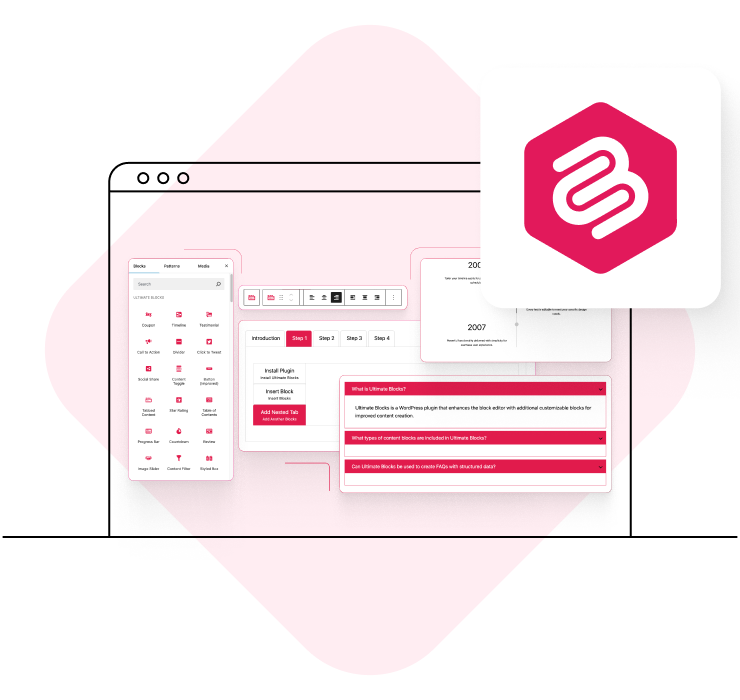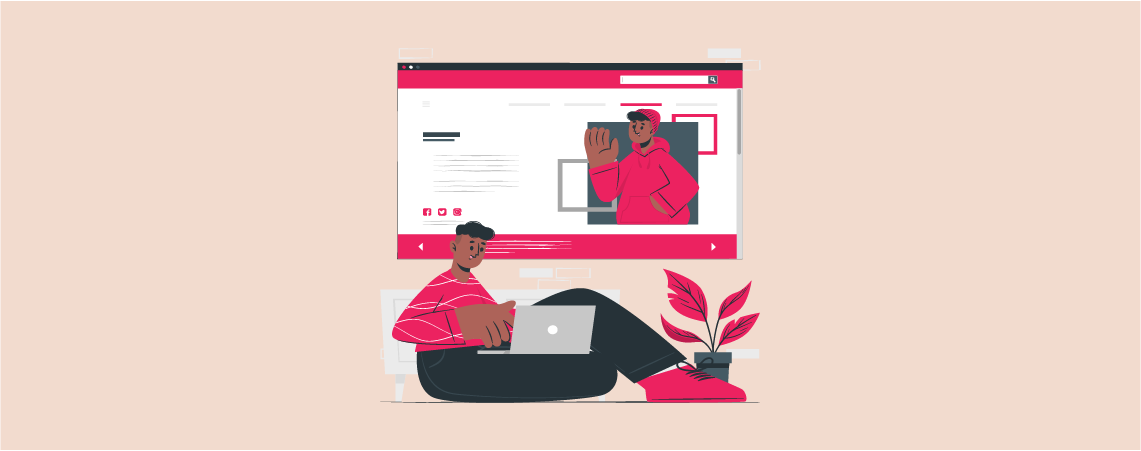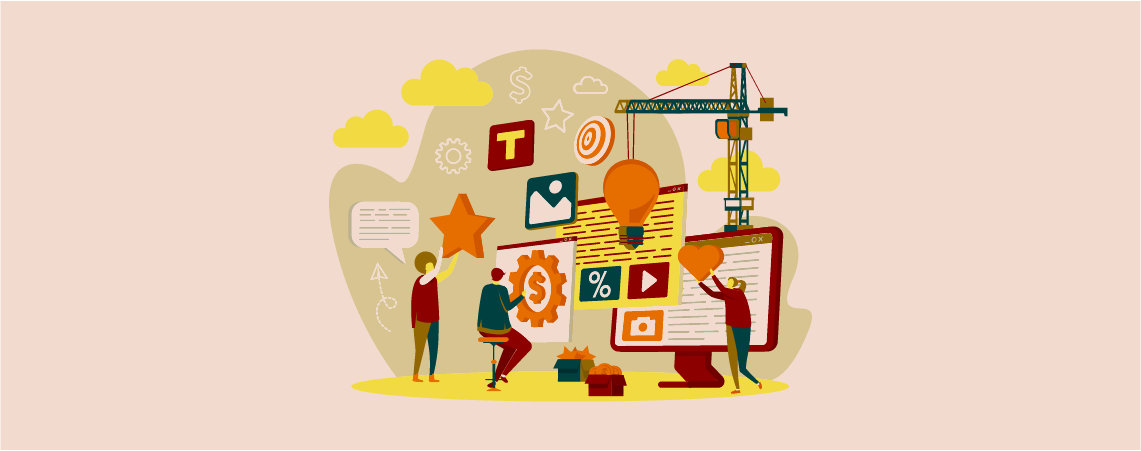
Images are essential to make your website look good and informative at the same time. If you don’t maintain the image’s size, it can cause serious issues, such as messing up the website’s layout, slowing down your website, etc.
WordPress provides you with several ways to control image sizes without needing any special technical skills. Today, we will walk you through some of the easiest ways to change image sizes.
Supercharge Your WordPress Block Editor!

How to Change Image Size in WordPress
This method is the easiest. This method will show you how to edit the image size from the block editor.
Step 1: Go to Your Post or Page
Go to your post or page where you want to change the Image size.

Step 2: Select Your Image
Now select your image and go to the Block Settings.

Step 3: Edit Your Image Size
Firstly, changing the Aspect Ratio can change your image’s size. You can choose any that fits your needs.

Secondly, you can adjust the image’s size by adding custom Width and Height.

Thirdly, you can edit/change/modify the image size by changing the Resolution option.

So that’s how you edit the image size from the editor.
Final thoughts!
Various ways are used to edit an image’s size. However, the method I’ve shown is the easiest way to change an image’s size in WordPress.
Let me know if you think the same in the comment section below. Also, don’t forget to share this with your fellow friends using WordPress to run their websites and businesses.
Recommended Reading
More Posts from the Author
Are you a plumber looking to create a professional, eye-catching website to showcase your services? Look no further! In this article, we will learn about the 10 best plumber WordPress themes specifically designed to meet the needs of plumbing businesses. A well-designed website is crucial for any business, and the plumbing industry is no exception.…
Are you ready to create a standout personal profile website? Look no further! We’ve compiled a list of the 7 Best Personal Profile WordPress Themes designed to help you showcase your skills, achievements, and personality in the most captivating way possible. These themes offer a wide range of customizable options, sleek designs, and user-friendly interfaces…
Are you a creative digital agency looking to establish a strong online presence? Look no further! We’ve curated a list of the 9 best Creative Digital Agency WordPress Themes that are specifically designed to showcase your agency’s creativity, services, and portfolio in a captivating and professional manner. From modern designs to seamless user experiences, these…
Continue Reading 9 Best Creative Digital Agency WordPress Themes
As a travel agency, having a visually stunning and functional website is crucial to attracting potential customers and showcasing your services impressively. WordPress, a popular and versatile platform, offers unlimited themes specifically designed for travel agencies. Choosing one from numerous is a heavy task. That’s why we have listed the top 10 Tour & Travel…
Continue Reading 10 Best Tour & Travel Agency WordPress Themes (With Demo Previews)
If you’re in the hospitality industry and searching to build an impressive website for your hotel or booking platform, you’ve come to the right place. In this post, we have carefully listed the 10 Best Hotel and Hotel Booking WordPress themes specifically designed for hotels and hotel booking websites. If you own a boutique hotel,…
Continue Reading 10+ Best Hotel and Hotel Booking WordPress Themes
The digital age has transformed how we plan and celebrate weddings, and a captivating online presence is now as essential as the perfect venue or the ideal gown. In the world of WordPress themes, finding the right one can be the key to creating a virtual space that mirrors the beauty and joy of your…

































Leave a Reply